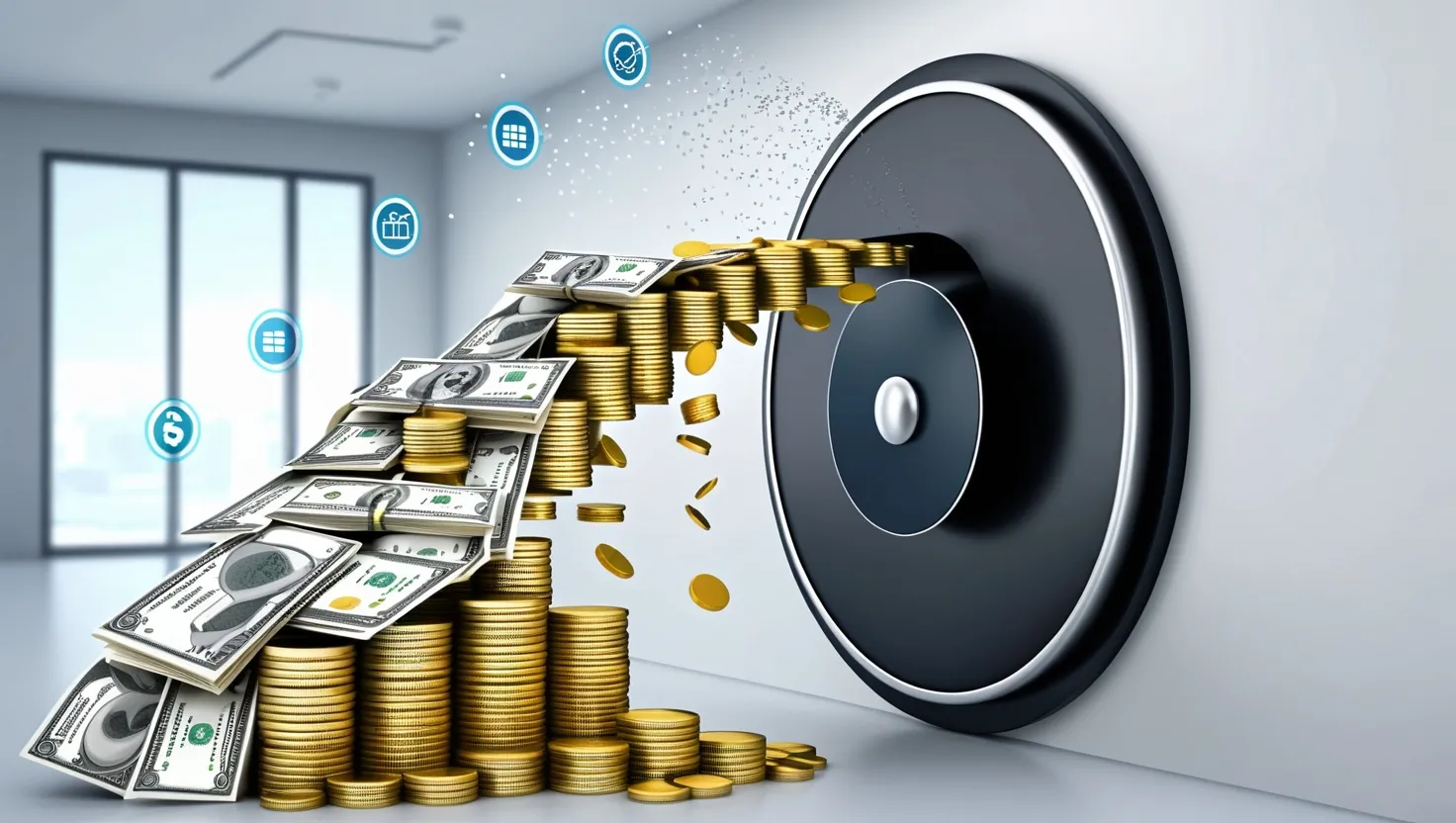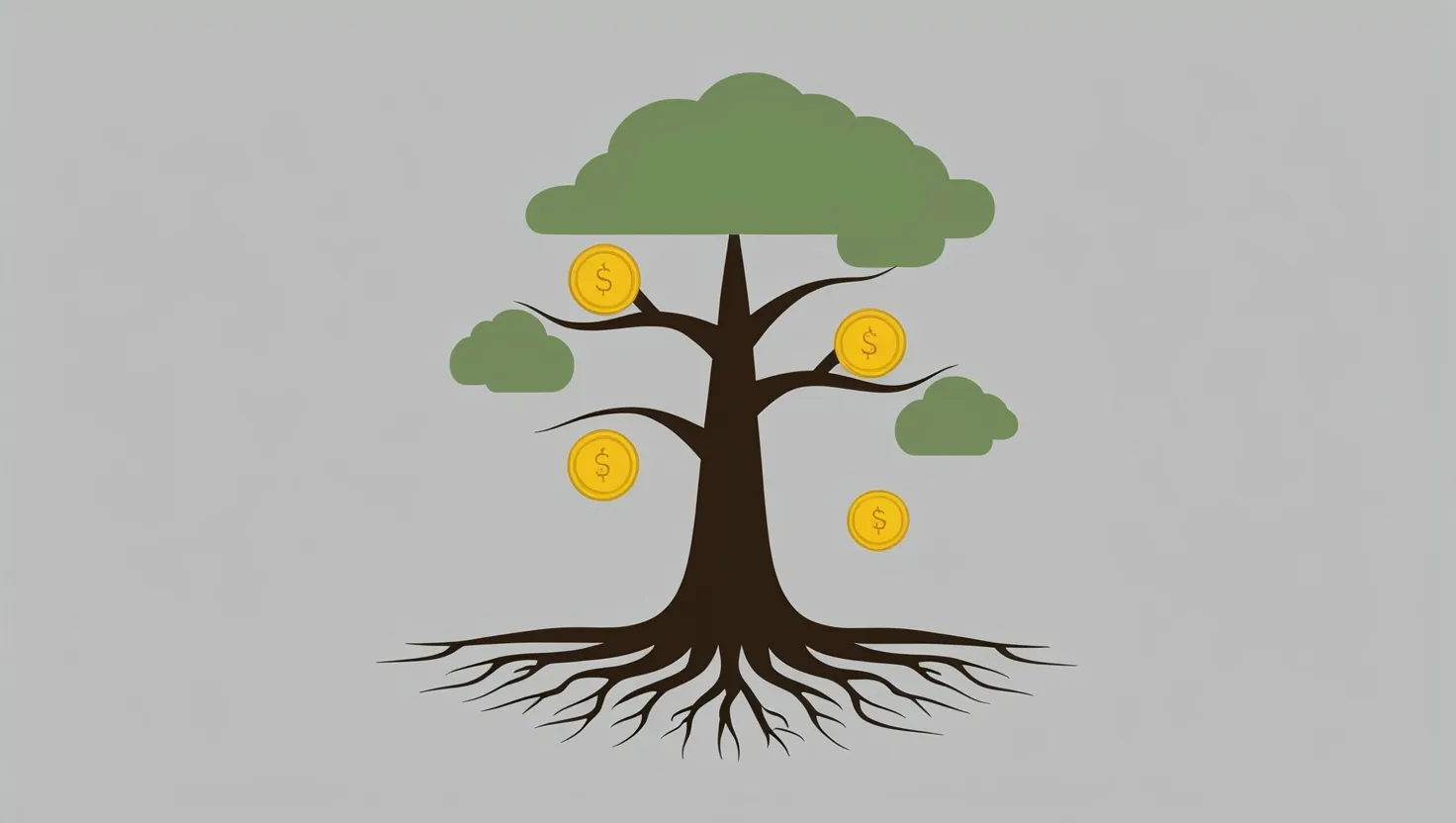I’ve come to realize that leveraging banking perks is not just about chasing higher rates or finding clever fee waivers. There’s a world of overlooked strategies that, if used consistently, can quietly accelerate wealth growth—often in ways that feel almost effortless.
When you walk into a bank, you’re typically focused on the basics: depositing paychecks, making payments, maybe discussing a loan. Yet beneath this surface lie financial levers most people never pull. It’s like having a gym membership but only ever using the treadmill. What if you could put every machine—and perk—to work for your prosperity?
Let’s start with premium checking accounts. At first glance, these just look like another fee-laden product, but scratch beneath the surface, and you’ll see how rewarding they can be. Did you know some banks will multiply your interest rates—sometimes doubling or tripling them—if you set up direct deposit or maintain a certain balance? One of my favorite discoveries was how a boosted rate on a modest checking balance (say, $15,000) can earn you hundreds more per year versus a standard account. It’s passive, it’s automated, and it doesn’t require more of your time or effort.
Have you ever calculated how much you’re actually paying in loan interest, and then how much you could save by shifting your borrowing to the bank where you already do business? The numbers are eye-opening. Banks often offer relationship discounts to existing customers—reducing the rate by a quarter percent or more on mortgages or car loans. When I first realized that a 0.25% reduction on a $300,000 loan can mean $15,000 less in interest over the life of the mortgage, it reframed my thinking. Suddenly, my loyalty had a tangible dollar value.
“If you would be wealthy, think of saving as well as getting.” – Benjamin Franklin
I often ask: have you ever tracked how much you could earn simply from switching banks? Most people think it’s too much hassle for too little reward. But a bit of organization transforms it into a system that works in your favor. Many banks offer sizable cash bonuses—sometimes $200, $300, even $500—for opening a new checking or savings account with a direct deposit. If you rotate just a couple of these a year, you’re looking at an easy $600 or $1000 in your pocket, with minimal effort and no real risk. I’ve seen friends create spreadsheets that detail requirements and deadlines, turning a patchwork of offers into a low-effort, high-reward side project. Why leave this free money on the table?
Here’s a question I sometimes ask during workshops: what’s the most boring bank service you can name? Nine times out of ten, someone mentions the safe deposit box. But for the small number of people who actually use one, the value is immense. Banks often offer discounted or free safe deposit boxes for premium account holders. Using one to secure estate planning documents, passports, or even backup hard drives of financial records means you’re ready for a crisis. Most never need it. Those who do are deeply grateful.
“Beware of little expenses; a small leak will sink a great ship.” – Benjamin Franklin
Then there’s the game of fees. If you think fees are a fixed cost, let me challenge that assumption. Quarterly, I set time aside for a bank fee audit. I review every transaction and listing for surprise charges or creeping maintenance fees. A polite call to the bank, reminding them of my loyalty and balance, often leads to those fees being waived or rebated. Banks want to keep good customers, but they rarely advertise this flexibility. Just asking can sometimes save you hundreds per year.
One of my favorite strategies, and a secret I wish more people would adopt, is automated redirection. Here’s the trick: every dollar you save—from fee waivers, relationship discounts, and especially all those new account bonuses—immediately gets rerouted to an investment account. I never think of this money as extra spending cash; I treat it as investment capital. Over months and years, these small streams flow together, quietly building toward something substantial. When people say they never have enough to invest, often they’re simply letting small bonuses slip through their fingers.
What surprises me most is how predictable and repeatable these benefits are. I routinely see individuals generate $800, $1500, even up to $2,000 extra a year by optimizing their banking relationships. The key is consistency and automation. Add up those numbers across a decade, reinvest them, and you’ve quietly advanced your financial position without earning a single extra dollar from your job.
“Money is a terrible master but an excellent servant.” – P.T. Barnum
This leads to some less discussed, but just as impactful, aspects of banking optimization. For instance, how well do you use digital banking tools? Some of the best perks—like automatic budgeting assistance, investment account round-ups, and AI-driven spending insights—are only available through your institution’s online platform or mobile app. Embracing these features can create an ongoing feedback loop that tightens your saving and investing habits with little extra input. Banks have poured billions into these tools, yet most people ignore them.
Let’s put it in perspective: would you walk past a $100 bill just because picking it up required a minute’s planning? That’s essentially what happens each time we ignore a cash bonus, fail to request a relationship discount, let a maintenance fee go unchallenged, or leave important documents at home rather than in the bank’s secure vault. Over a working lifetime, these little moments compound.
If you’re skeptical, consider this: most impressive investors didn’t start rich. They simply understood which habits were worth their effort. Systematically leveraging banking perks is an underrated wealth habit. It’s the kind of edge that doesn’t draw headlines but delivers real-world results.
At this point, you may be wondering, won’t banks catch onto these strategies and close the loopholes? Here’s the secret: banks actually want engaged customers. They profit when you use more services. By building a robust, mutually beneficial relationship, you’re not gaming the system—you’re becoming their preferred client, and you reap the perks designed for just that.
“Do not save what is left after spending, but spend what is left after saving.” – Warren Buffett
What can you do today? Start with an assessment: what perks does your current bank offer that you’re not using? Which bonuses have you missed? Could your banking structure better protect your records and support your investments? The checklist is personal, and the solutions—once you spot them—are nearly automatic.
Imagine what happens if you incorporate just a couple of these strategies every year. The effects build, leading to noticeable shifts in your net worth over time. As with compounding, the benefits are subtle at first, but over the long run, they’re life-changing. I encourage you to re-examine your banking relationship—not as a static necessity, but as a dynamic partnership. When you treat banks as true partners in your financial journey, you’ll be surprised how far their perks can take you.





